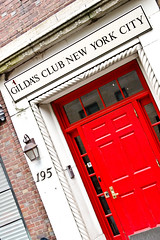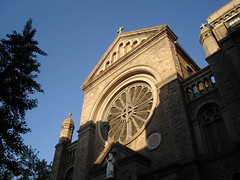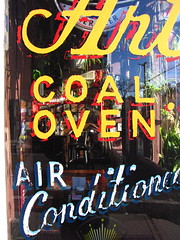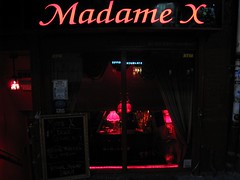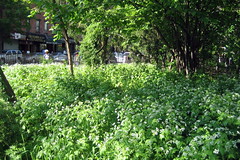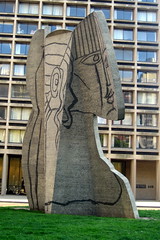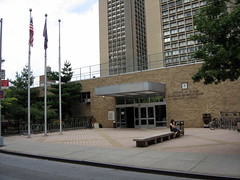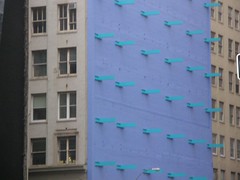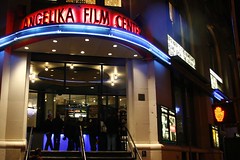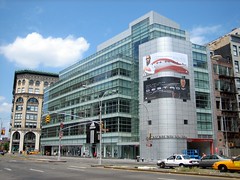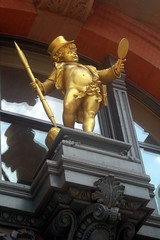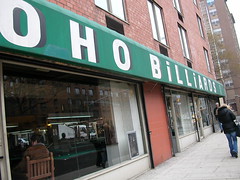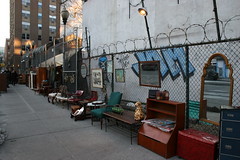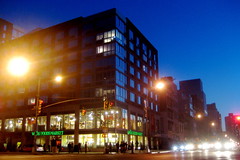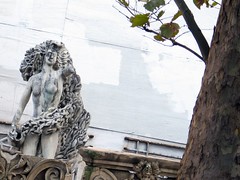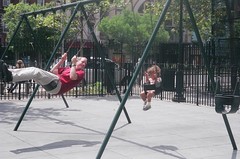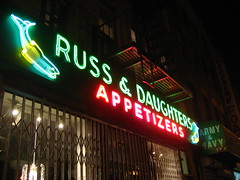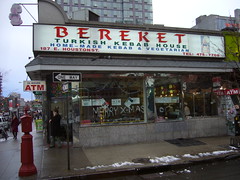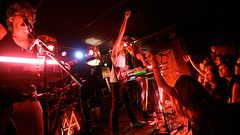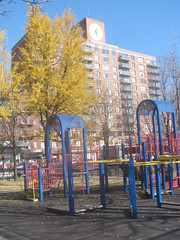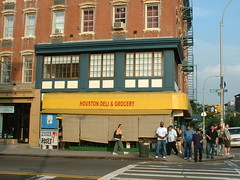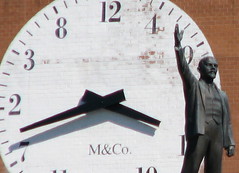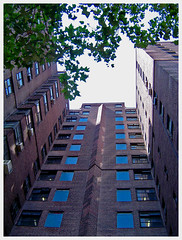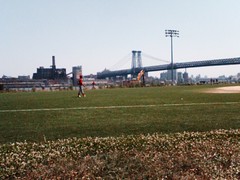|
135 (corner): Gem Soho, the upscale
brand of the Clarion hotel chain; was fairly recently
a Howard Johnson Express, an affordable if generic
place to sleep on the Lower East Side.
Yonah Shimmel Knish Bakery
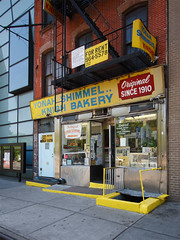
137: Hasn't changed much since 1910,
when it was opened by its namesake, a Bulgarian rabbi who needed
extra money. (For non-New Yorkers, a
knish
is a hand-held potato-based snack food--
and these are the city's most famous.)
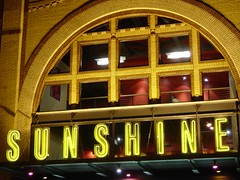
143: Originally a Dutch Reformed
church that became a German Evangelical Mission
church in 1844. In 1908 it was turned
into the Houston Athletic Club, a prizefight arena,
which in 1909 became the
Houston Hippodrome, a Yiddish theater and
nickolodeon. Open as the Sunshine cinema from
1917 to c. 1945. Served for decades as a
warehouse for a hardware store
before reopening as a plush art house.
Arguably the best cinema in New York, it sadly closed
in 2018.
145: White Rabbit, an Asian/Spanish tapas
bar with a white-heavy color scheme. Was Idlewild,
airport-themed bar; before that Den of Thieves.
147 (corner): Dopey Benny's features variations on
the cheese steak theme. Named for Dopey Benny Fein,
an early 20th Century Jewish mob boss. On the corner
was Chickpea, local falafel chain, then videogame-fonted
Mario's Pizza, now (since 2011) Lucky's Famous Burgers, local fast food chain.
I almost got an apartment in this handsome, c. 1900
building in 1991; another renter got in just ahead of me,
and I took my current place instead. I could've been a Lower
East Sider instead of an East Villager.
| 